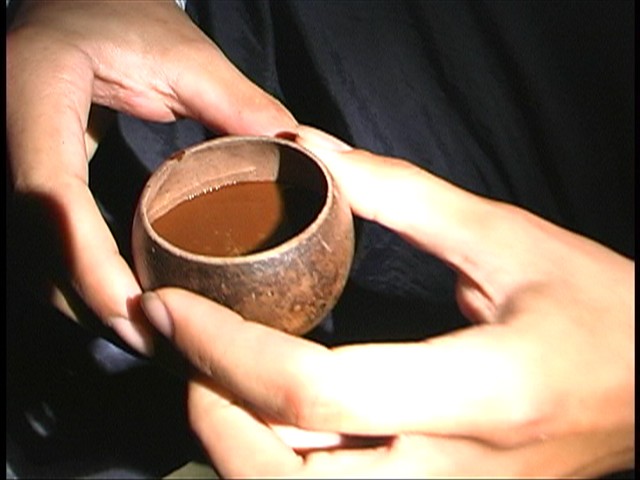

In addition, issues related to ritual transfer and strategies for minimizing undesired side-effects are discussed. Treatment outcomes, however, can be influenced by a number of variables that are explained in this study. Findings indicate that ayahuasca can serve as a valuable therapeutic tool that, in carefully structured settings, can catalyze neurobiological and psychological processes that support recovery from substance dependencies and the prevention of relapse. It’s usually brewed into a tea or a concentrated liquid to drink. The study provides empirically based hypotheses on therapeutic mechanisms of ayahuasca in substance dependence treatment. Ayahuasca (pronounced eye-ah-wah-ska) is a plant-based psychedelic drug. The study included interviews with 13 therapists who apply ayahuasca professionally in the treatment of addictions (four indigenous healers and nine Western mental health professionals with university degrees), two expert researchers, and 14 individuals who had undergone ayahuasca-assisted therapy for addictions in diverse contexts in South America. Ayahuasca is an Amazonian psychedelic plant compound created from an admixture of the vine Banisteriopsis caapi and the bush Psychotria viridis. This qualitative empirical study explores the ritual use of ayahuasca in the treatment of addictions. Background: Ayahuasca, a traditional Amazonian decoction with psychoactive properties, is made from bark of the Banisteriopsis caapi vine (containing beta-carboline alkaloids) and leaves of the Psychotria viridis bush (supplying the hallucinogen N,N-dimethyltryptamine, DMT).


 0 kommentar(er)
0 kommentar(er)
